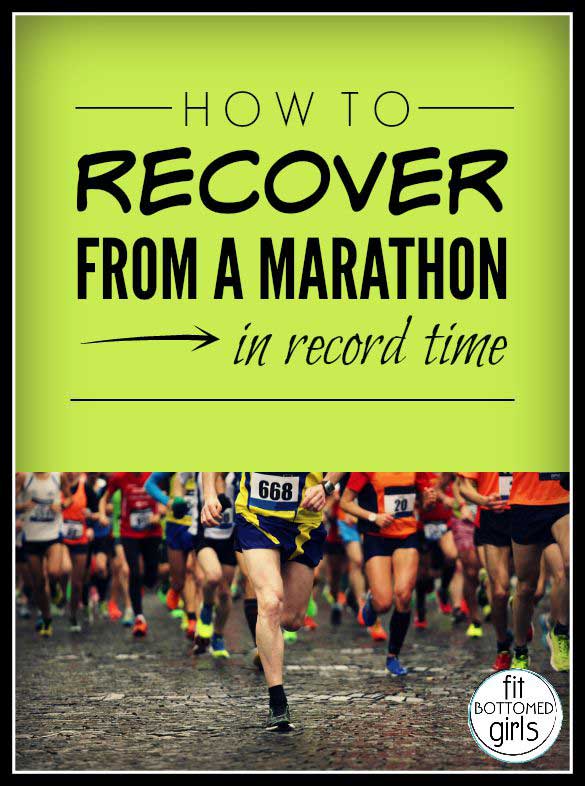How to Recover From a Marathon in Record Time
This post by Laura Skladzinski about how to recover from a marathon quickly is a part of our fourth-annual Guest Bloggers’ Week. (Check out all of the inspiring, informative, entertaining and life-changing posts here!) In 2006, Laura Skladzinski made it her goal to run one mile without stopping — and succeeded. She decided to test her limits, adding another mile each week, until she finished her first marathon in 2008. Laura set a new goal: to run a marathon in each of the 50 states by her 25th birthday. For two years, she ranked in the top 15 fastest frequent marathoners in North America, and in 2010, Laura broke the world record as the youngest woman to run a marathon in all 50 states. Laura has run 92 marathons to date and blogs about running, travel, and goal setting at 50by25.com.
After crossing the finish line of a marathon, it should be time to celebrate — you reached your goal! That was the day you’ve been training months to achieve! Unfortunately, for many runners, celebrating is the last thing they feel like doing — instead, they’re walking around like looking like this. But let me share a secret with you: the pros don’t look like that the day after a marathon, and you don’t have to either. Keep reading to learn how to let your medal speak for your accomplishment instead of your hobbling gait!
How to Recover From a Marathon Quickly
1. Choose your race wisely. The first mistake people make is in how they choose their race: flat is not fast, and it is actually terrible for your recovery. Sound crazy? Let’s take a step back and think about it. When you run a marathon, your legs are going to be going in a pretty static forward and back motion for a very long time. If you’re on a flat course, they are going to be moving in basically the same exact trajectory for that entire time — which is what causes the hip flexors to lock up. If your hip flexors aren’t stretching in multiple directions, they’re going to get so focused on doing what they need to do (going slightly forward and slightly back) that finishing and then doing anything else is going to be extremely painful. By incorporating uphills and downhills, you’re changing the path your leg needs to take (because you’ll automatically adjust your stride to be longer or shorter), and you’re also changing the muscles that you’re using to move forward. You’ll use your hamstrings more on the uphill, and your quadriceps more on the downhill — giving the opposite muscle a bit of a break in doing so. Furthermore, uphill running causes you to bend at the hip more, which helps you to avoid the pain of your hip flexors locking up near the end of a race.


